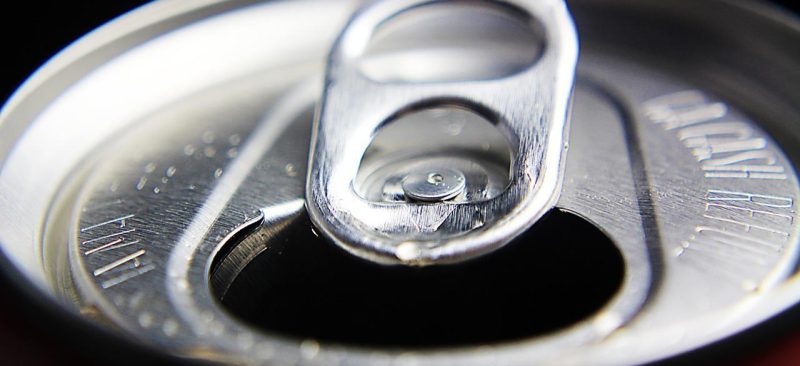The history of the aluminum can
While today it would be hard to imagine life without aluminum cans, their origin goes back only 60 years. Aluminum, which is lighter, more formable and more hygienic, would quickly revolutionize the beverage industry.
At the same time, a recycling program offering a penny for every can returned to the brewery was initiated. More and more beverage companies encouraged by the ease of working with aluminum, introduced their own aluminum cans. The pull tab was also introduced in the early 1960’s, which further popularized the use of aluminum in soda and beer cans.
One other often overlooked advantage offered by aluminum cans, in addition to their light weight and sustainability, was the smooth surface that was easier to print graphics on. The ability to display their brand easily and cheaply on the side of their cans encouraged even more beverage companies to choose aluminum packaging.
Today, more than an estimated 180 billion cans are used every year. Of those, approximately 60% get recycled, helping to significantly reduce energy consumption, as it takes less than 5% of the energy to produce recycled cans as it does to produce new cans.
How the pandemic has impacted the supply of aluminum cans
While the COVID-19 pandemic struck quite suddenly in early 2020, with global shutdowns enacted in mid-March, it wasn’t until the height of summer that news regarding a scarcity of aluminum cans began circulating. Unlike some of the previously mentioned shortages of everyday staples, the lack of aluminum cans happened more gradually, though it can also be linked to a change in consumer buying habits.
Industry insiders have been reporting for several years a trend towards more purchases of aluminum cans as consumers are seeking to avoid the ecologically damaging plastic bottle. The pandemic accelerated demand for aluminum cans much more rapidly than anyone predicted.
The main reason? With bars, breweries, and restaurants closed across the country, people were forced to stay at home and purchase most of their beverages from the grocery store. This meant instead of fountain drinks, people were buying six-packs and cases in record numbers. While many people were tempted to blame a shortage of aluminum, the truth was that the industry wasn’t prepared for the increased need for cans specifically and needed to ramp up production. This trend coincided with the exploding popularity of hard seltzer beverages, which are mostly packaged in aluminum cans and further contributed to the shortage.
The can shortage is still affecting the market as analysts forecast increasing demand for aluminum canned beverages for the next two to three years. The industry is reacting, however. Ball Corporation, the largest manufacturer of aluminum beverage packaging, is installing two new production lines in existing facilities and building five new plants to meet the demands of the marketplace.
Why recycling is so important
With beverage cans in short supply, recycling aluminum has become even more important. On average, two thirds of all the aluminum cans in America end up recycled. That’s surprisingly good, but that still leaves more than 50 million cans worldwide that end up in landfills.
With a resource as easily recycled as aluminum, it’s important that we do our best to make sure that cans and other aluminum materials get reused, rather than relying on new extraction.
What grades of aluminum are used in beverage cans?
Many people don’t realize this, but the typical aluminum can is known as a two-piece beverage can. While the side and bottom of the can are made of one grade of aluminum, the top is made of another. The process for making most cans depends on a mechanical cold forming process that begins with punching and drawing a flat blank from a cold-rolled sheet of aluminum.
The sheet, which is used for the base and sides of the can, is most often made of 3104-H19 or 3004-H19 aluminum. These alloys contain approximately 1% manganese and 1% magnesium for increased strength and formability.
The lid is then stamped from an aluminum coil, and commonly consists of alloy 5182-H48, which has more magnesium and less manganese. It’s then moved to a second press where the easy open top is added. The process today is so efficient that only one in 50,000 cans is found to be defective.
Your Aluminum Cans Supply Partners
At ERJIN PACK, the top supplier of aluminum cans, our entire team is devoted to fulfilling our client’s requirements. Even in times of shortages or other challenges to the supply chain, you can rely on us to help navigate the difficulties for you.
Post time: Sep-16-2022







